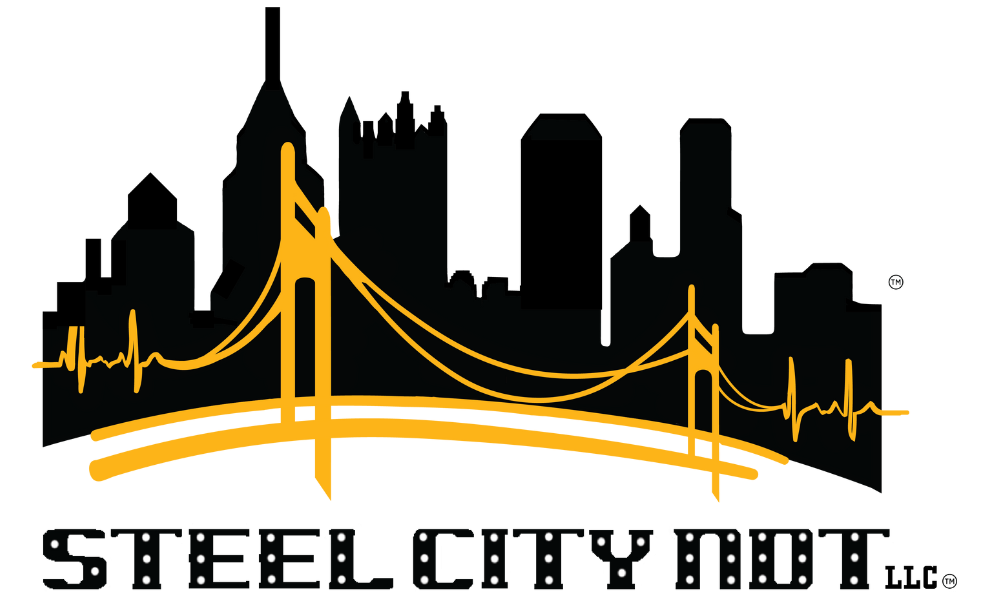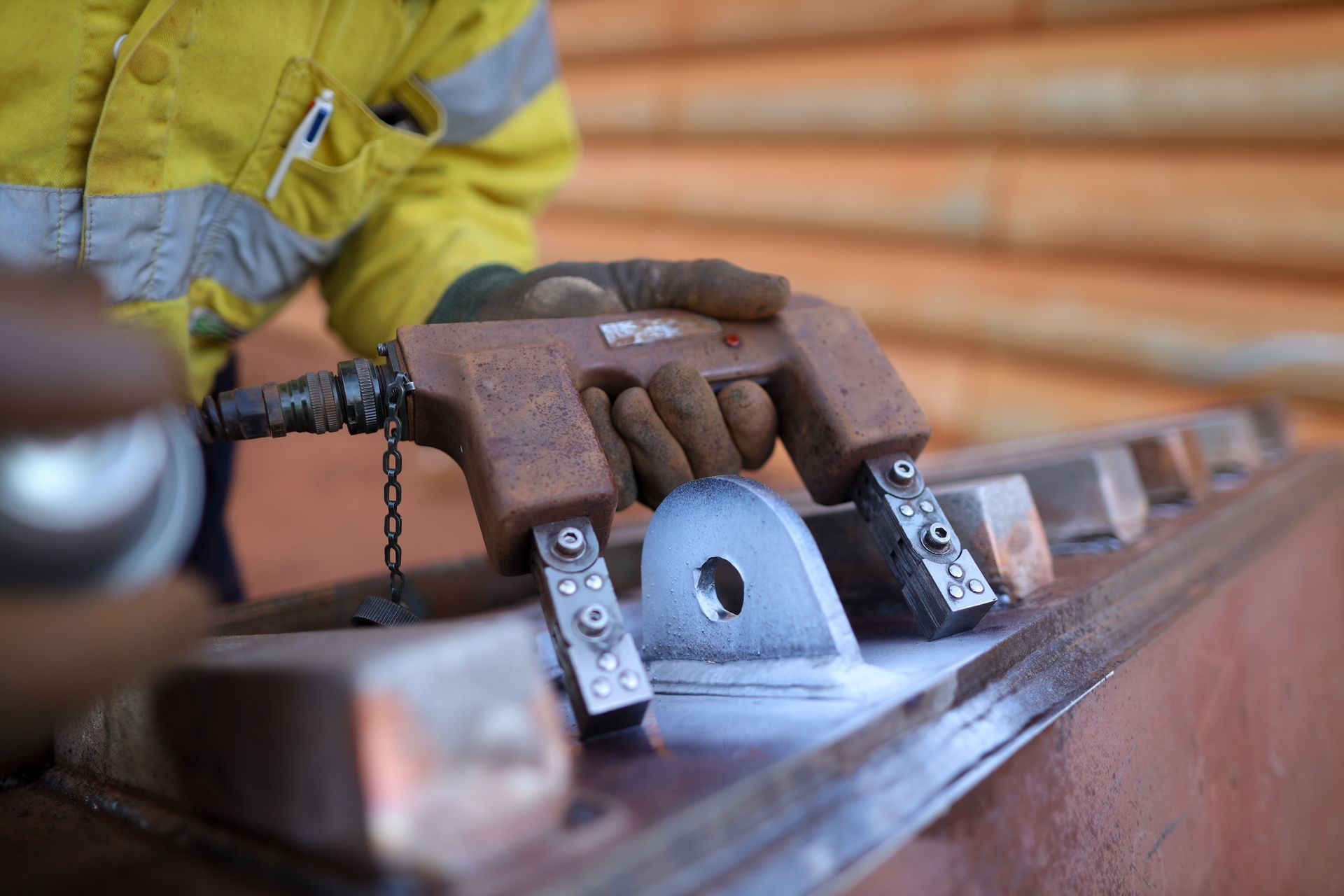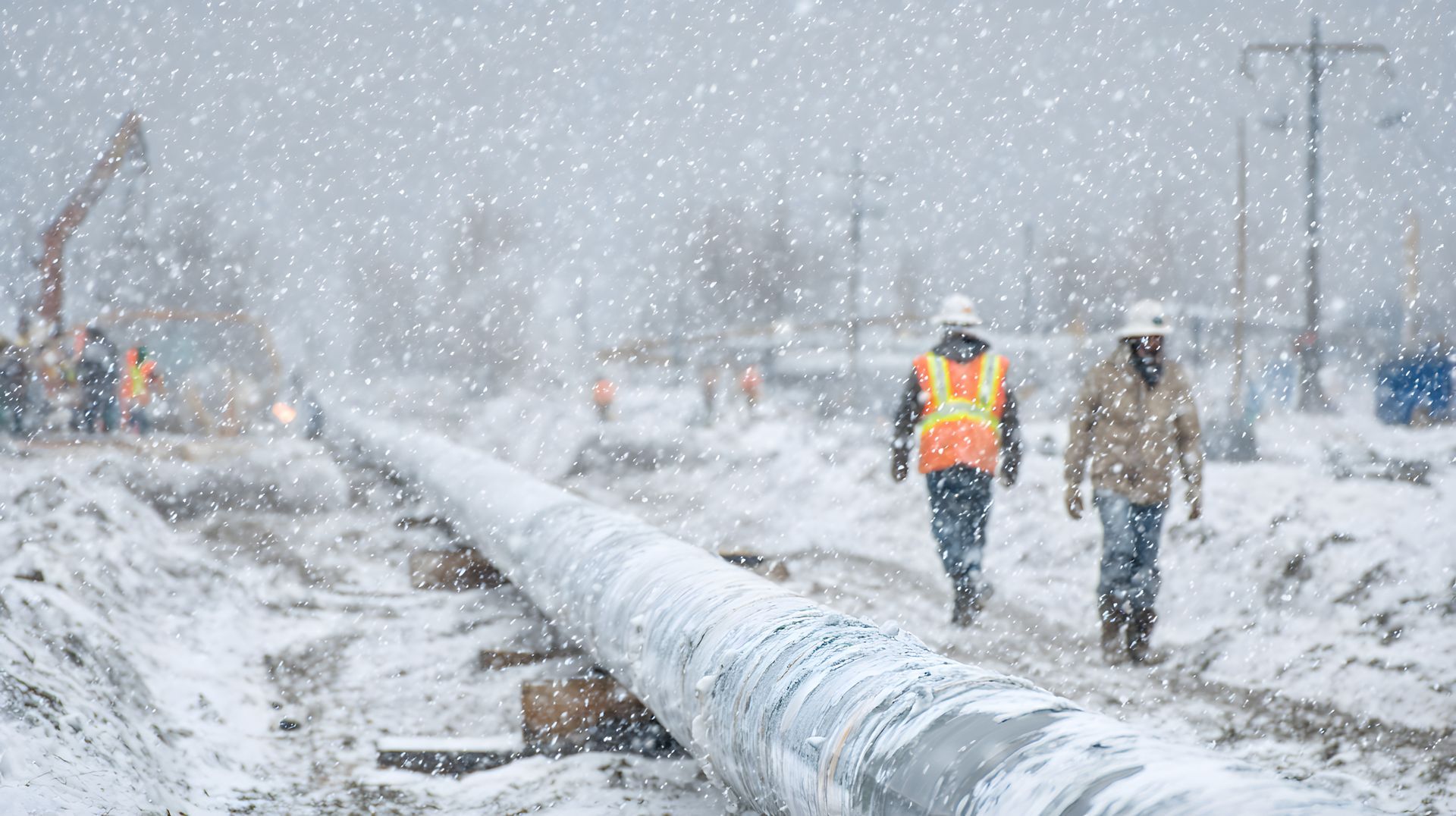Non-Destructive Testing in the Welding Industry
March 14, 2023
Welding and NDT are closely involved. Non-destructive testing detects flaws and weaknesses in welds.
Non-destructive testing (NDT) is a critical component of the welding industry. NDT allows welders to inspect welds without causing damage or altering the weld's structural integrity. In this blog post, we'll explore the different types of non-destructive testing used in the welding industry and their importance.
Visual Inspection
Visual inspection is the most basic form of nondestructive testing. It involves visually examining the surface of a weld for defects such as cracks, porosity, and lack of fusion. Visual inspection is a critical component of the welding process, as it can identify potential issues early on and prevent further damage to the weld.
Radiography
Radiography involves using X-rays or gamma rays to examine the internal structure of a weld. This type of non-destructive testing can detect defects such as cracks, porosity, and incomplete fusion. Radiography is a critical component of welding in industries such as aerospace and nuclear power, where welds must meet strict safety standards.
Ultrasonic Testing
Ultrasonic testing involves using high-frequency sound waves to detect defects in a weld. This type of non-destructive testing can detect defects such as cracks, porosity, and lack of fusion. Ultrasonic testing is commonly used in the welding industry to ensure weld quality and meet safety standards.
Magnetic Particle Inspection
Magnetic particle inspection involves magnetizing a weld and applying iron oxide particles to the surface. The particles will collect at any areas of the weld where there is a magnetic field, highlighting any defects in the weld. Magnetic particle inspection is commonly used to inspect ferromagnetic materials, such as steel.
Liquid Penetrant Testing
Liquid penetrant testing involves applying a liquid dye to the surface of a weld. The dye will seep into any cracks or defects in the weld, highlighting them for easy identification. Liquid penetrant testing is commonly used to detect surface defects in welds.
Certified Welding Inspectors
A certified welding inspector (CWI) is someone who is highly experienced and knowledgeable. A CWI is responsible for inspecting the quality of welds, adhering to project plans and job code requirements and essentially ensuring the safety of the general public. A welding inspector is a key leader in both the NDT and welding industry.
In conclusion, non-destructive testing is an essential component of the welding industry. By using non-destructive testing, welders can ensure weld quality and identify potential issues early on, preventing further damage to the weld. The different types of non-destructive testing used in the welding industry, such as visual inspection, radiography, ultrasonic testing, magnetic particle inspection, and liquid penetrant testing, all play a critical role in maintaining the safety and quality of welded structures.
Steel City NDT
offers high quality and professional NDT services throughout Pittsburgh and the surrounding areas. We're happy to help you find the
perfect solution
and provide you with fast and accurate results you can rely on.
Call
Steel City NDT to discuss the needs of your project!





